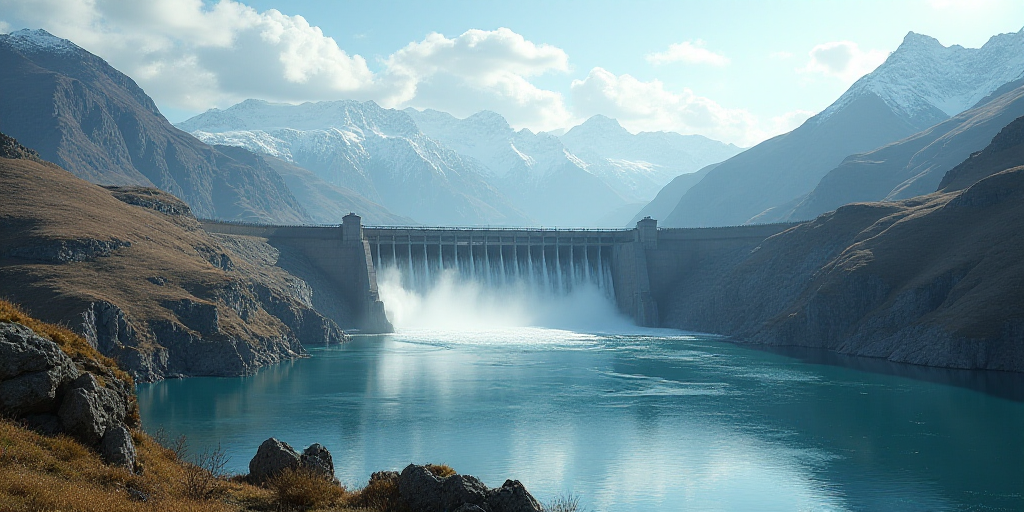Profitable Solutions Amidst Global Water Shortages
As water scarcity becomes an increasingly pressing issue worldwide, desalination emerges as a crucial solution to ensure access to this vital resource, especially in coastal and arid regions. By 2025, Fortune Business Insights predicts that over 25% of the global population will face freshwater shortages, driving an industry valued at $27.8 billion and projected to grow at a compound annual rate of 8.68% until 2032.
The most widely used desalination technologies include reverse osmosis, flash multi-stage distillation (MSF), multi-effect distillation (MED), hybrid systems, and electro dialysis.
Mexico’s Desalination Progress
In line with global trends, Mexico is embracing desalination as part of its strategy. The country aims to implement reverse osmosis, electro dialysis, and hybrid systems as key technological pillars. Several projects have recently been initiated, making their future development crucial to monitor.
Among the most significant projects in Mexico are:
- Desaladora Rosarito in Baja California, which will supply Tijuana and Rosarito with an investment of 12,000 million pesos.
- Los Cabos desalination plant, with a capacity of 250 liters per second and an investment of 1,455 million pesos.
- Rancho San Lucas plant, equipped with MSMT/Biturbo technology to produce up to 300 cubic meters of desalinated potable water daily.
Mexico’s Desalination Investment Plans
Nationally, an accumulated investment of 122,600 million pesos is expected between 2025 and 2030 in water infrastructure, focusing on 17 strategic projects to benefit over 36 million people. This is part of the National Water Plan, aligned with Mexico’s broader development strategy.
In terms of innovation, Mexico is adopting advanced membranes and integrating renewable energy sources. Meanwhile, globally, desalination using solar power and the development of new hybrid systems are being explored. For instance, membranes developed by the University of Michigan promise to revolutionize energy efficiency and salinity waste management, critical aspects for the sustainability of desalination processes.
Environmental Perspective
Mexico is focusing on “reducing environmental impact, salinity management, and energy efficiency,” which complements global approaches aimed at “reducing emissions, waste management, and renewable energy use.”
Although the race for water is becoming more evident, it remains insufficiently addressed. During a morning conference on April 30th, Efraín Morales López, head of Mexico’s National Water Commission (Conagua), announced a six-year investment of 186,567 million pesos. Of this amount, 122,600 million will be allocated to potable water infrastructure projects and 60 million to the irrigation district modernization program.
Despite progress, transparency and project tracking by citizens and key stakeholders in the sector are essential. If Mexico successfully combines these investments, implements policies, adopts cutting-edge technology, and maintains its commitment to sustainability, it could set a valuable example for other developing nations.






